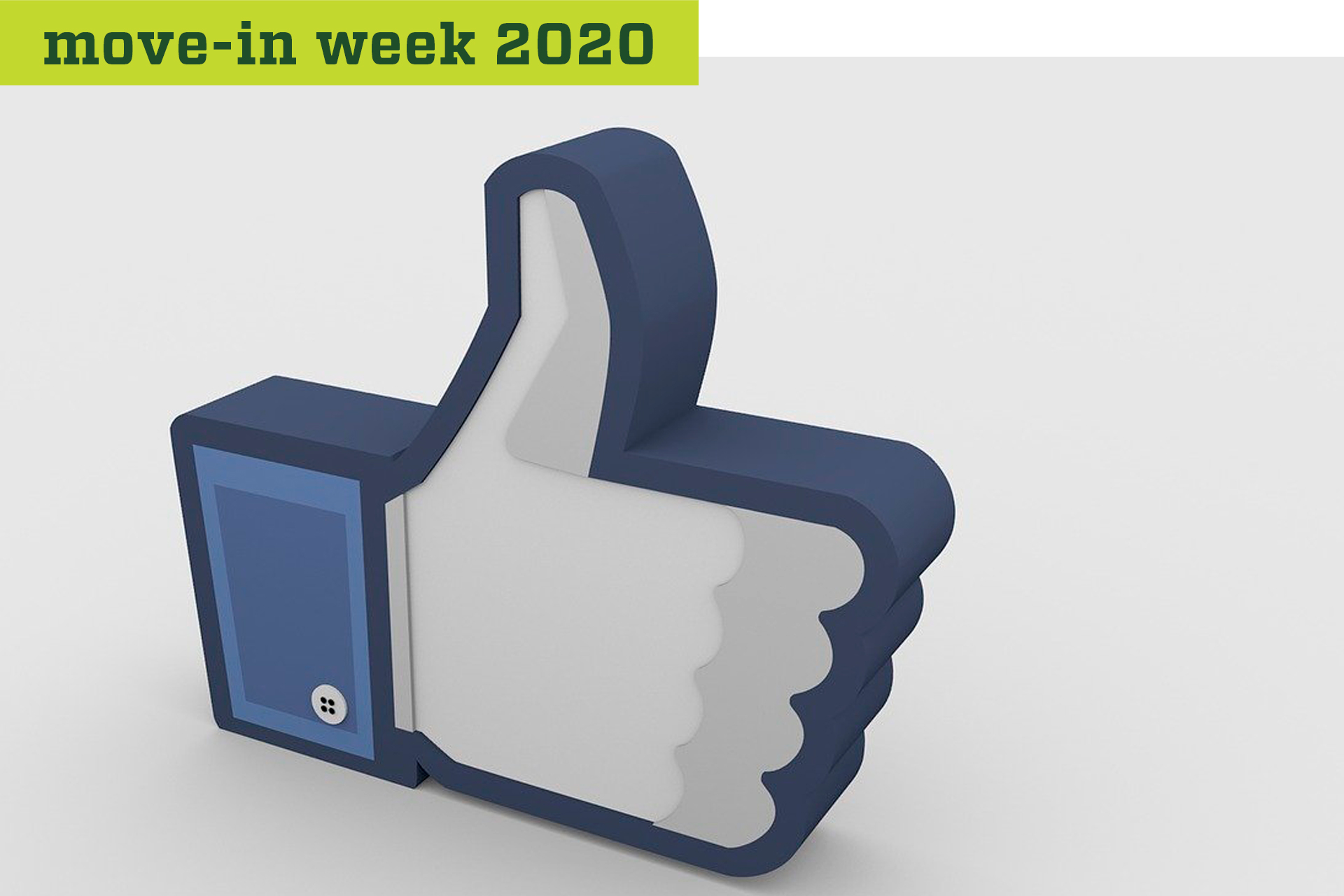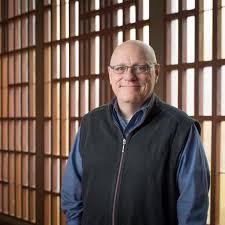
A student recently told me that I need to watch Avatar: The Last Airbender or I am going to become completely irrelevant. And it is not enough to watch the movie version (because that’s apparently terrible), so do the right thing and watch the series. Or else!
I will get on it, but lately I have had a different avatar on my mind. The show uses the word in a sense closer to the original Sanskrit meaning: deities that descend to the earth. I mean the more recent definition: the face of your digital self, or selves, as they live on social media platforms. That could represent someone close to your earthly self, or could be the difference between fire and water.
If the Avatar in the show is a peacemaker (hello Wikipedia), avatars in social media are a mixed bag. You don’t need me to explain that. Your feed could display awesome, heroic, fake, honest, brave, cowardly, inspiring, gross – actually, I just described two minutes on Twitter.
All of this escalated with COVID-19. Social media can be overwhelming any time, but it certainly has been during a year of pandemic and quarantine, nationwide protests for justice, presidential politics, and when people need human connection they can’t get face-to-face.
More complex on campus
Then as a member of a university community social media becomes even more complex. Right before the pandemic hit, The New York Times published an article in which the quotes alone explain why:
“It makes me feel understood;”
“I feel like my presence doesn’t matter to anyone;”
“It’s a coping mechanism;”
“It takes me out of being in community;”
“It is a shared narrative, you know?”
“The schtick of trying to be edgy just gets old after a while;”
“It’s hard to keep up with them.” (Okay, that was a college administrator.)
We have watched the complications on this very campus and have learned that all of our avatars are linked back to the university, like it or not. Consequences can be real, and devastating, because anything malicious we do online can cause real damage.
The rules are not clear, because digital cultures overlap. Imagine multiple worlds existing on one plane at one time and intersecting regularly – that is every social platform every day of the year.
A force for good?
In my time talking with hundreds of students about this topic, I have only made a couple of conclusions.
First, not understanding, or not caring, who sees our social media posts is the most common culprit for trouble. It’s hard to imagine thousands of strangers seeing our half-baked thought or picture, but all it takes is one glimpse outside of a close circle and there is no control over what happens next.
Or we think being anonymous is a shield, but tracing avatars is not as hard as it seems. Also, some social media platforms thrive on controversy and outrage, so once something hits a certain pace, acceleration is inevitable.
Secondly, students struggle with digital life but also say it is impossible to resist. I get that. Breaks are healthy, but the alternative to completely leaving is to be a digital citizen who wants to make it better. And that starts by making our avatars forces for good.
If we thought about every social media post as a tiny piece of building a society, then we might ask: Is what I am about to post going to make this a place where people want to live? We do not just imagine that space for one, but for as many people as possible.
Every day there is thought-provoking, heart-warming, inspiring, inclusive, enlightening information on social media. Making everyone’s feeds fill up with those kinds of avatars is a good goal. Because sometimes the way to solve a problem is to help others. (I stole that last line from Avatar: The Last Airbender!)
Michael Humphrey

Michael Humphrey teaches in the Department of Journalism and Media Communication at Colorado State University and writes about digital media for Forbes and other national publications.